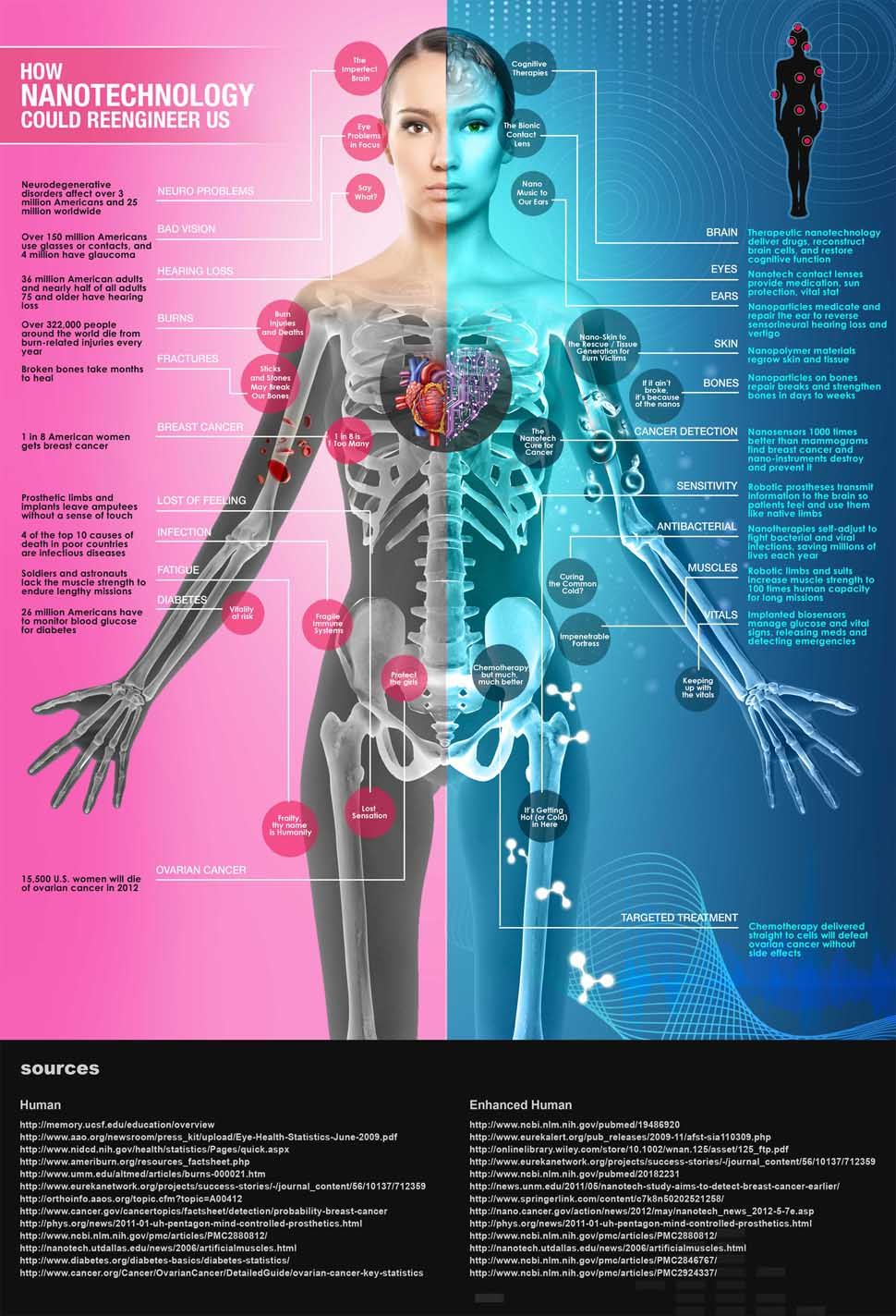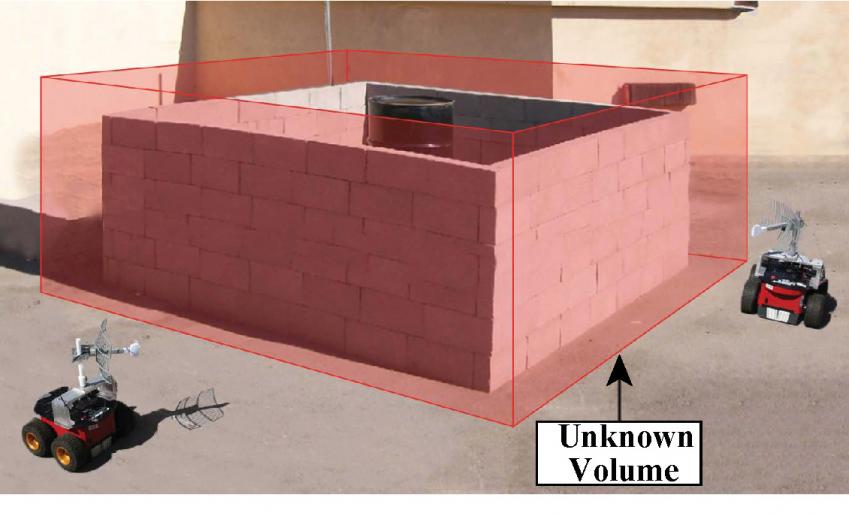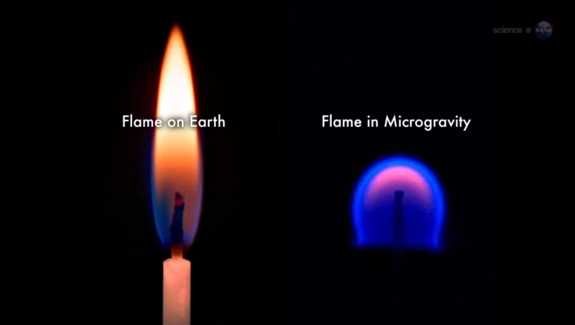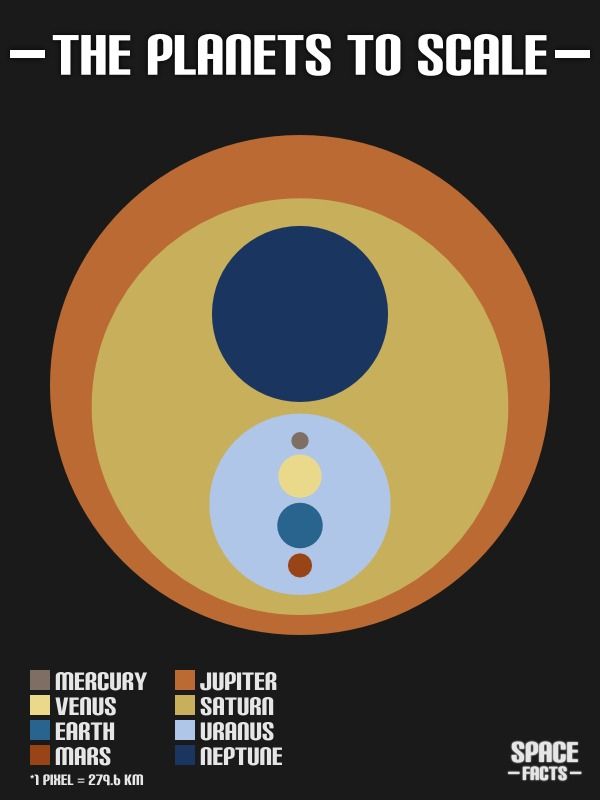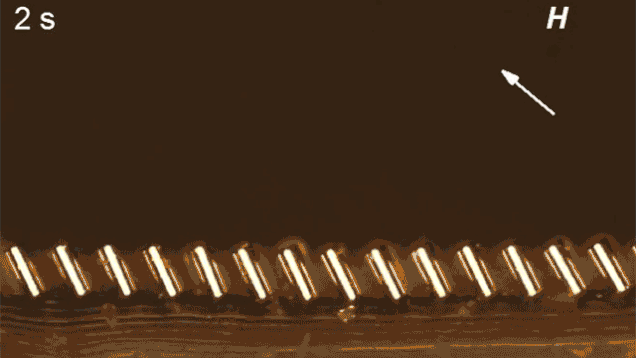Nanotechnology promises significant advances in electronics, materials, biotechnology, alternative energy sources, and much more.
Aubrey de Grey wants to save lives. He wants to save as many as he possibly can, as soon as he can, and to do it he is going to fix ageing.
The prominent scientist and futurologist is on a crusade to beat ageing and when he does it will mean that we stay healthy and live longer – possibly for up to hundreds of years.
But, as de Grey emphasises, his primary goal is not just making people live longer; he wants us to live healthily, he wants to restore us to a state of health that is “fully functional in every way”. The ability to live for hundreds of years is just a side effect.
Shawn Frayne and Alex Hornstein, two young inventors based in the Philippines, are taking their passion for clean free energy and developing a way to make it accessible and cheap for everyone. These guys are working restlessly to provide a product that could be used by practically anyone to make homemade solar panels.
The factory is small enough to fit on a desktop and efficient enough to produce 300k to one million panels per year, up to one every 15 seconds. By cutting out much of the labor intensive process, which represents 50% of the total cost, this machine can dramatically reduce the price of solar. Their pocket solar panel producer can change the way the world views electricity. Image credit: YouTube/SciFri
What type of applications can a homemade solar panel have? For starters it can replace the need for outlets in a home for smaller electronics such as phones, computers, lamps, etc. One of the more intriguing applications is the added versatility solar panels can provide. In short, with these panels you can use your electronics anywhere there’s sunshine.
This Alarm Clock Wakes You Up
Posted in futurism
It’s just one atom thick, but carbyne has twice the strength of its two-dimensional cousin, graphene, and three times the stiffness of a diamond. And researchers have just discovered that it can act like a transistor for new tinier electronics.
(Phys.org) —Wi-Fi makes all kinds of things possible. We can send and receive messages, make phone calls, browse the Internet, even play games with people who are miles away, all without the cords and wires to tie us down. At UC Santa Barbara, researchers are now using this versatile, everyday signal to do something different and powerful: looking through solid walls and seeing every square inch of what’s on the other side. Built into robots, the technology has far-reaching possibilities.
“This is an exciting time to be doing this kind of research,” said Yasamin Mostofi, professor of electrical and computer engineering at UCSB. For the past few years, she and her team have been busy realizing this X-ray vision, enabling robots to see objects and humans behind thick walls through the use of radio frequency signals. The patented technology allows users to see the space on the other side and identify not only the presence of occluded objects, but also their position and geometry, without any prior knowledge of the area. Additionally, it has the potential to classify the material type of each occluded object such as human, metal or wood.
The combination of imaging technology and automated mobility can make these robots useful in situations where human access is difficult or risky, and the ability to determine what is in a given occluded area is important, such as search and rescue operations for natural or man-made disasters.
Astronauts typically try to avoid starting fires in space, but new research on the behavior of flames in orbit could have benefits closer to home. In fact, this fiery research could lead to more-efficient car engines that contribute less pollution to the environment, according to a new study.
A series of experiments aboard the orbiting complex is investigating “cool-burning” flames in space — a type of fire that burns at lower temperatures than ordinary flames on Earth. Blazes on this planet typically burn at between 2,240 degrees and 3,140 degrees Fahrenheit (1,225 degrees and 1,725 degrees Celsius). Cooler flames produced in microgravity burn at temperatures of between 440 degrees and 980 degrees Fahrenheit (227 degrees and 527 degrees Celsius).
In the space station experiments, researchers ignited droplets of heptane fuel. These types of fires are possible on Earth, but they are typically short-lived, flickering out almost immediately, the researchers said. In microgravity, though, the flames burned for several minutes. [7 Everyday Things that Happen Strangely In Space].
The Planets to Scale
Posted in space
A graphic showing all 8 planets in our solar system, Mercury through to Neptune, to scale where one pixel = 279.6 km. Scales were worked out with this very useful solar system scale calculator. Find out more about the planets on the Planet Facts page.
Feel free to embed the graphic on your site using this code:
Inspired by the coats of fur on some animals, researchers at MIT have developed a flexible skin-like material covered in thousands of tiny magnetic hairs that can move in varying directions in the presence of a magnetic field. That might not seem particularly useful, until MIT points out that the new material can be used to control how liquids move across its surface, even causing water to flow against the pull of gravity.
It’s a neat trick, for sure, but there are other more useful applications of this new material. The tiny magnetic micro-pillars that make up the hair can be manufactured from a fiber optic-like material allowing them to change the direction of light passing through, facilitating self-darkening windows, or revolutionary new optics for cameras. The material can also be used to create advanced artificial skins, smart waterproofing, and even a precise way to manipulate individual cells. And let’s not forget a potential radical breakthrough in self-combing toupees and wigs. [MIT].
